"The Long Tail" Wags the Automotive Dog
Every industry craves a hit, whether it’s a bestseller, a summer blockbuster or 300k crossovers off a Canadian assembly line. It is, however, only one way to make a buck. According to “The Long Tail: Why the Future of Business Is Selling Less of More,” consumers are quickly evolving beyond cookie-cutter mass consumption. In fact, a careful reading of Wired editor Chris Anderson’s tome indicates that the days when a single vehicle could “save” a company may be long gone. Automakers who want to survive must now chase the tail of the dragon.
Anderson defines The Long Tail as a curve on a graph that looks like an old Hot Wheels ramp; the orange kind clamped with a purple vice high on a kitchen table. The tall end represents a few instances of big numbers; the swooping tail represents many instances of small numbers. To illustrate its power, Anderson’s book applies this curve to several industries. Netflix, for example, will send out thousands of copies of a movie the week it’s released. It will also send out tens of thousands of copies of other movies. They may have only one request for that movie that week.
The single requests aren’t as obvious a source of large profits, but experience shows that all these individual orders can conglomerate into a sum that’s greater than the box office boffo “headline” numbers. In Anderson’s words, "Our culture and economy are increasingly shifting away from a focus on a relatively small number of hits (mainstream products and markets) at the head of the demand curve and moving toward a huge number of niches in the tail.”
In other words, you can make more money hammering away at the small stuff than going for the gold. The implications for the US automobile industry are clear: the days when Henry Ford could base an entire company on one black car are toast. By the same token, the one-size-fits-all mentality that assumes hundreds of thousands of people will buy a new Chevy Malibu or Chrysler Aspen is also extinct. Consumer desire for choice has fragmented the automotive market beyond the point of no-return.
Consumer desire for differentiation is stretching the long tail of the US automotive market like so much taffy. You can see these fragments made manifest in the astounding proliferation of automotive makes and models vying for pistonhead patronage. And yet automotive development costs are massive; the development process is complicated, slow and cumbersome. It’s far easier for Hollywood to crank out hundreds of new movies for Netflix than it is for the automobile industry to create 40 plus all-new models per year— never mind adjusting its retail channels to profit from this niche proliferation.
The explosion in the automotive aftermarket hlghlights the discrepancy between supply and demand. In the last two decades, the Specialty Equipment Manufacturers’ Association has grown to represent a $30b a year domestic industry. BMW earns about a $60b a year. In other words, the North American automotive market now supports the equivalent of half a small car company– just so owners can differentiate themselves from drivers of “stock” products.
The mainstream manufacturers’ recent efforts to capitalize on the long tail underscore their inherent inability to rise to the challenge. It took Cadillac an entire model cycle to develop the sort of bling wheels its Escalade owners were buying in their tens of thousands. And almost as soon as they were released, aftermarket wheel makers offered cheaper, more stylish and more exclusive alternatives. Manufacturers know they must create more choice, but their inefficiency means that have to do so with less. Hence their increasing reliance of platform sharing and its evil twin, badge engineering.
To most enthusiasts, badge engineering is about as acceptable as cannibalism. The differences between a Chevy Uplander and Saturn Relay, for example, are so insignificant as to be insulting. A look at the Ford 500 and Volvo XC90 reveals a different tail. These aesthetically and dynamically differentiated vehicles in no way threaten to steal customers from one another. From style to function to price, these cousins are so far from the Patty Duke variety that they do exactly what the market wants. They offer a genuine, easily understandable increase in consumer choice.
Whether or not the long tail turns out to be a serviceable economic theory is irrelevant. The marketplace in general demands, and now receives, more products: more movies, more books, more videos of cats falling off stools, more cars, more wheels, more of everything. The auto companies that can find a way to cater to this desire with authenticity will find treasure, whether that’s by platform sharing or so-called mass customization. The ones that continue to base their business on breakout blockbusters simply won’t survive.
More by Michael Martineck
Latest Car Reviews
Read moreLatest Product Reviews
Read moreRecent Comments
- Redapple2 UAW may have a valid issue. I ve been in plants that were bad. ....and i greatly dislike the UAW. I may need a 3/4 ton pick up. It will be a hecho Ram gas.
- TheMrFreeze So basically no manual transmissions in US cars after 2029.I just raised one finger in the general direction of NHTSB's main office. Guess which finger it is!
- TheMrFreeze Wife drives a Fiat 500 Turbo 5-speed (135hp vs. 160 in the Abarth), it's a lot of fun to drive and hasn't given us any headaches. Maintenance on it is not as bad as you'd think for such a cramped engine compartment...Fiat did put some thought into it in that regard. Back seat is...cramped...but the front is surprisingly roomy for what it is.I honestly wouldn't mind having one myself, but yeah, gotta have a manual trans.
- Bkojote Tesla's in a death spiral right now. The closest analog would be Motorola circa 2007.The formula is the exact same. -Vocal CEO who came in and took credit for the foundation their predecessor while cutting said efforts behind successful projects.-A heavy reliance on price/margin cuts and heavy subsidies to keep existing stock moving. The RAZR became a $99 phone after starting out as a $399 phone, the same way a Model 3 is now a $25k car.-Increasing focus on BS projects over shipping something working and functional to distract shareholders from the failures of current products. Replace "iTunes Phone" (remember that?) with "Cybertruck" and when that's a dud focus on "Java-Linux" the same way they're now focusing "Robotaxis".-Increasingly cut away investment in quality-of-ownership things. Like Motorola, Tesla's cut cut cut away their development, engineering, and support teams. If you ever had the misfortune of using a Motorola Q you're familiar with just how miserable Tesla Autopilot is these days.-Ship less and less completed products as a preview of something new. Time and time again at CES/Trade Shows Motorola was showing half-working 'concept' devices. The Cybertruck was announced 5 years ago yet functionally is missing most of its features- and the ones it has don't work. And I mean basic stuff- the AWD logic is embarrassingly primitive. A lot of Tesla hyperbole focuses on either he's a 4D-chess playing genius visionary or all of Tesla's being propped up by gov't mandates. But the reality is this company hasn't delivered any meaningful product evolution in the better half of this past decade.
- Pig_Iron Stellantis is looking for excuses to close plants. Shawn Fain just gave them one. 🐹


















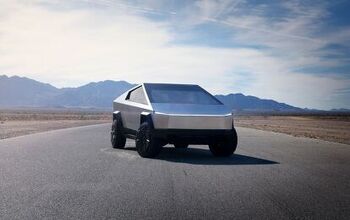

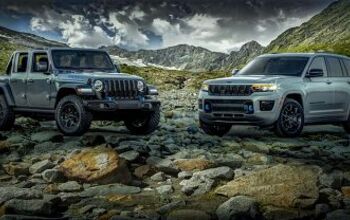
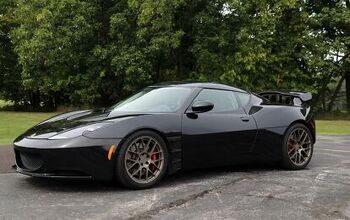
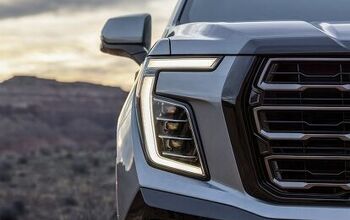
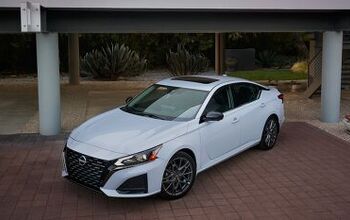
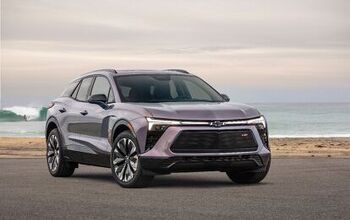
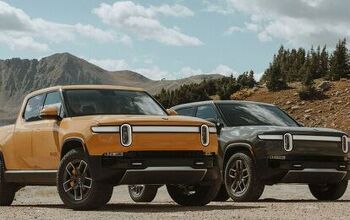


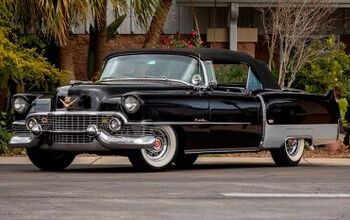



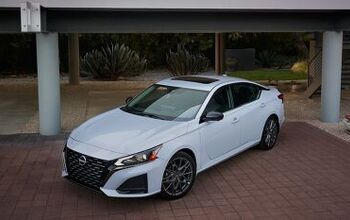

Comments
Join the conversation
Yes and no. As long as millions upon millions of dumb Americans keep buying silver Camrys the industry is justfied in looking for the next big hit. At the same time that could mean that eventually, maybe, just maybe, some will start looking to differentiate themselves from the herd, at first by buying different stereos for the their Camrys, eventually by getting a different car altogether.
Anyone who get paid to write should know the difference between a vice and a vise.